Description
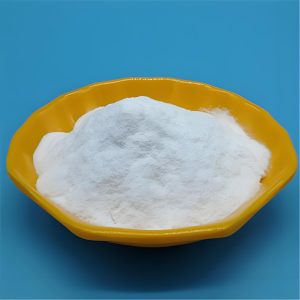
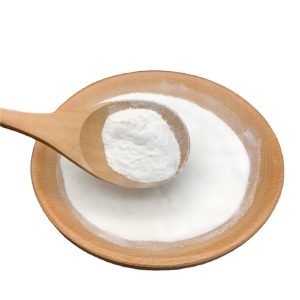
Polydextrose is an indigestible synthetic polymer of glucose. It is a food ingredient classified as soluble fiber by the U.S. Food and Drug Administration (FDA) as well as Health Canada, as of April 2013. It is frequently used to increase the non-dietary fiber content of food, to replace sugar, and to reduce calories and fat content. It is a multi-purpose food ingredient synthesized from dextrose (glucose), plus about 10 percent sorbitol and 1 percent citric acid. Its E number is E1200. The FDA approved it in 1981.
Polydextrose is commonly used as a replacement for sugar, starch, and fat in commercial beverages, cakes, candies, dessert mixes, breakfast cereals, gelatins, frozen desserts, puddings, and salad dressings. Polydextrose is frequently used as an ingredient in low-carb, sugar-free, and diabetic cooking recipes. It is also used as a humectant, stabiliser, and thickening agent. Polydextrose is a form of soluble fiber and has shown healthful prebiotic benefits when tested in animals. It contains only 1 kcal per gram and, therefore, is able to help reduce calories.
Obesity and dyslipidemia are hallmarks of metabolic and cardiovascular diseases. Polydextrose (PDX), a soluble fiber has lipid lowering effects. We hypothesize that PDX reduces triglycerides and cholesterol by influencing gut microbiota, which in turn modulate intestinal gene expression. C57BL/6 male mice were fed a Western diet (WD) ±75 mg PDX twice daily by oral gavage for 14 days. Body weight and food intake were monitored daily.
Fasting plasma lipids, caecal microbiota and gene expression in intestine and liver were measured after 14 days of feeding. PDX supplementation to WD significantly reduced food intake (p < 0.001), fasting plasma triglyceride (p < 0.001) and total cholesterol (p < 0.05). Microbiome analysis revealed that the relative abundance of Allobaculum, Bifidobacterium and Coriobacteriaceae taxa associated with lean phenotype, increased in WD + PDX mice.
Gene expression analysis with linear mixed-effects model showed consistent downregulation of Dgat1, Cd36, Fiaf and upregulation of Fxr in duodenum, jejunum, ileum and colon in WD + PDX mice. Spearman correlations indicated that genera enriched in WD + PDX mice inversely correlated with fasting lipids and downregulated genes Dgat1, Cd36 and Fiaf while positively with upregulated gene Fxr. These results suggest that PDX in mice fed WD promoted systemic changes via regulation of the gut microbiota and gene expression in intestinal tract.
Western diets high in saturated fat and processed meat are strongly implicated in the increasing prevalence of obesity, diabetes and cardiovascular diseases (CVD). Dyslipidemia is characterized by increased levels of plasma triglyceride-rich lipoproteins and non-HDL-cholesterol and reduced concentration of HDL cholesterol. It affects almost 50% of individuals in Western populations, and is a hallmark for metabolic syndrome and CVD. Lifestyle management and healthy dieting habits, including reduced consumption of saturated fats as well as increased dietary fiber and unsaturated fats, are recommended as the first therapeutic choice for CVD and dyslipidemia. The influence of dietary fibers on dyslipidemia has been demonstrated in both clinical and animal settings, demonstrating the hypocholesterolemic properties of soluble fibers.
Polydextrose is often used as a sugar replacement, especially when the goal is to reduce the amount of calories in the food. Polydextrose can provide bulk, texture, mouth feel and preservative qualities and contains only 1 calorie per gram (sugar contains 4 per gram), making it an effective substitute. It is commonly used as a replacement for sugar, starch, and fat in commercial beverages, cakes, candies, dessert mixes, breakfast cereals, gelatins, frozen desserts, puddings, and salad dressings. Because of it’s high fiber content, it is often used to add fiber to foods.
Specification
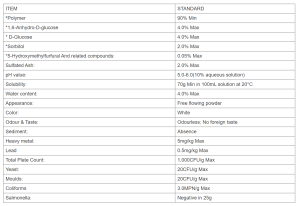
FAQ
1, Is Health Sweet a manufacturer or just a trading company ?
We are both manufacturer and trading company, we are Polydextrose distributor, at the same time, we are manufacturer of other products.
2, What is the Min Order Quantity ?
Different products have different MOQ, for Polydextrose, the MOQ is 1000kgs.
3, What is the price ?
We are a famous supplier and manufacturer of Polydextrose in China, and has been corporate with many Polydextrose suppliers for several years, we can provide you with cost-effective products.
4, How long shall we wait for your reply?
We can guarantee to reply your inquiries in less than 2 hours in working days.
5, What kinds of transportation types can you provide?
Our main transportation methods include air transportation, land transportation and water transportation.
6, What kinds of payment terms can you accept?
The most commonly used payment terms are T/T, L/C, D/P, D/A, etc.
7, How long will I receive my good?
We have own warehouse in Qingdao and Dalian, when your purchase order has been confirmed, inventory products will deliver within 1 week, other products delivery in 2 weeks.

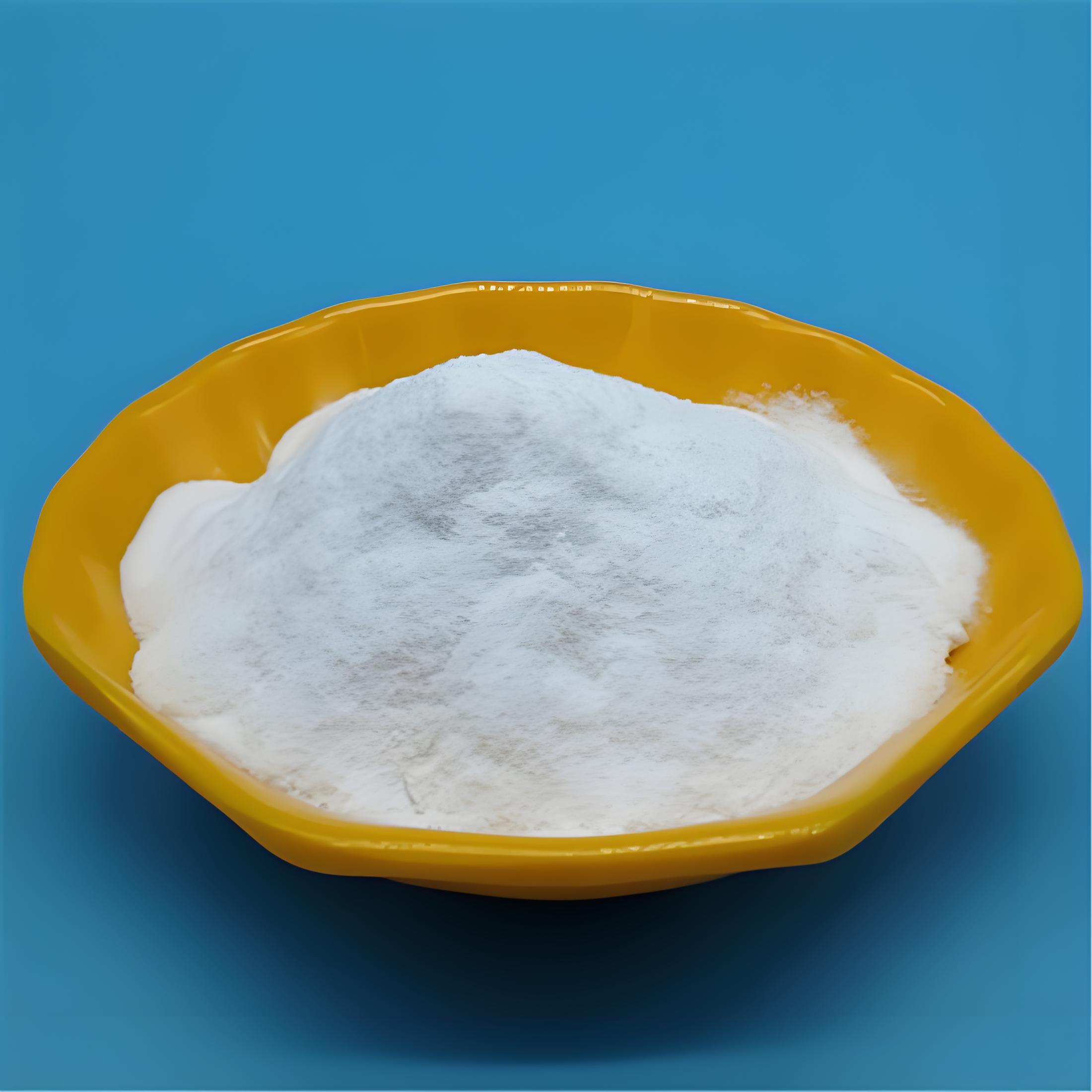
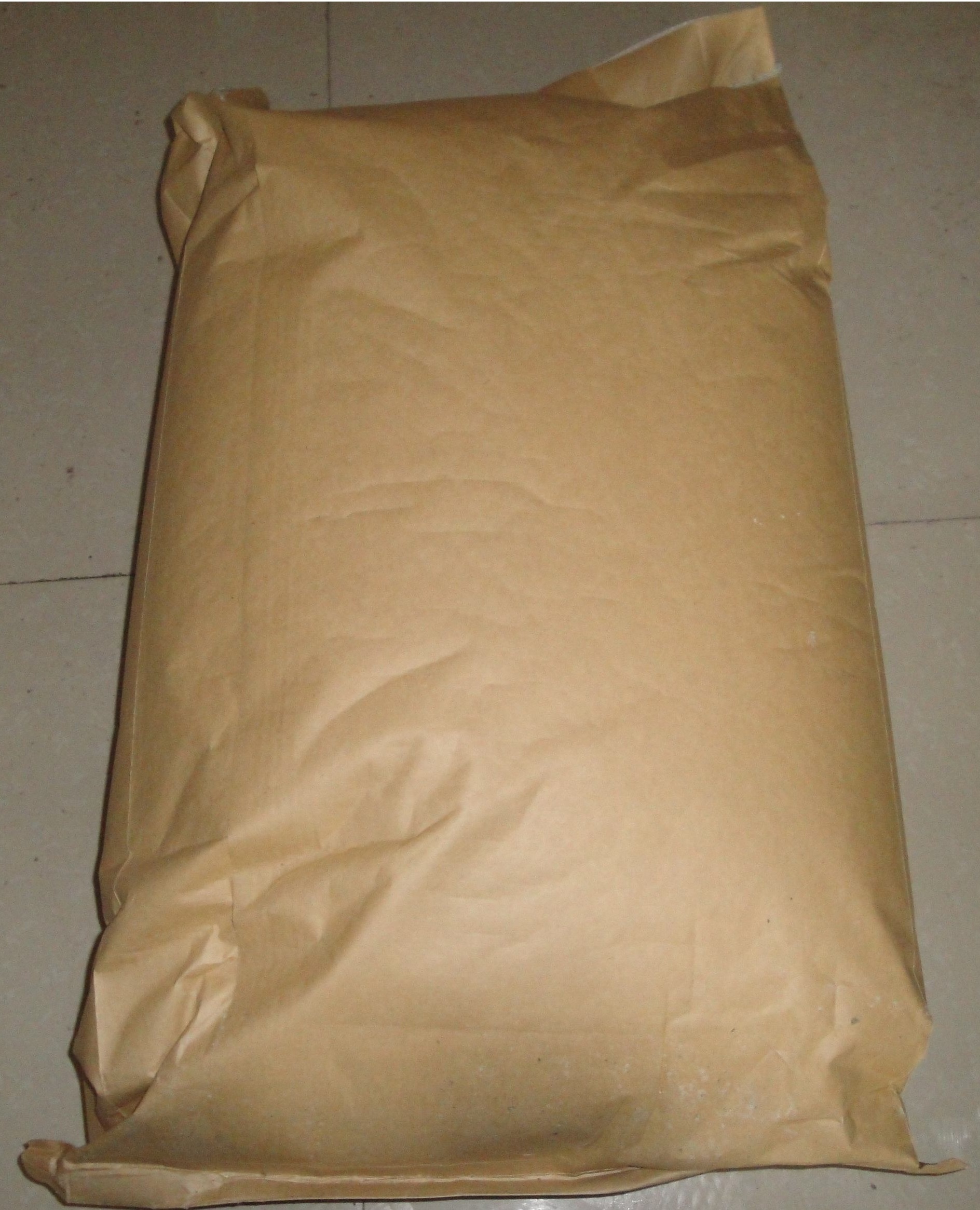
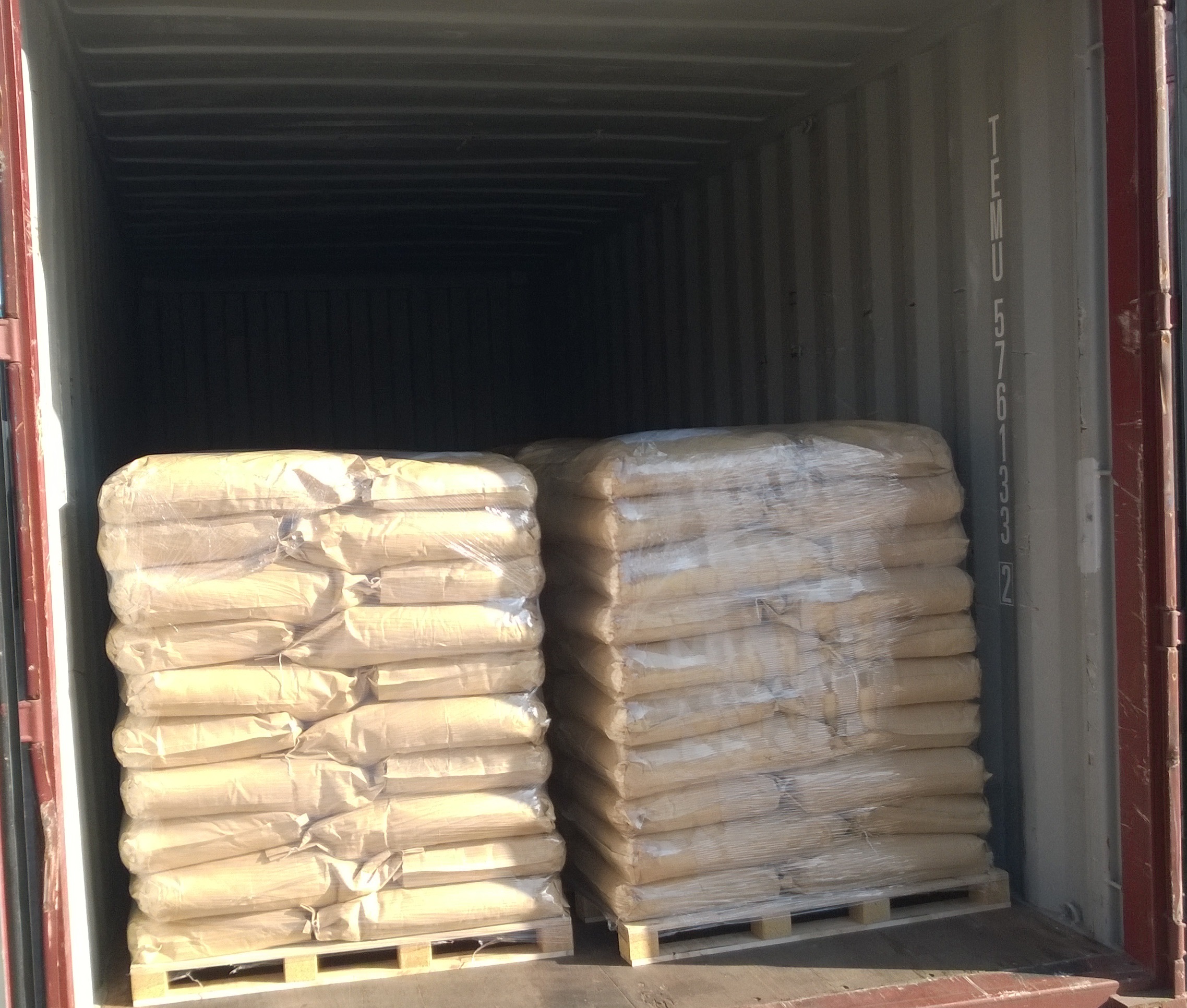
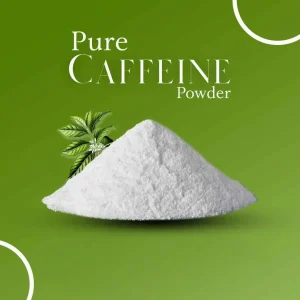
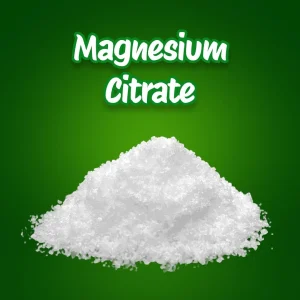
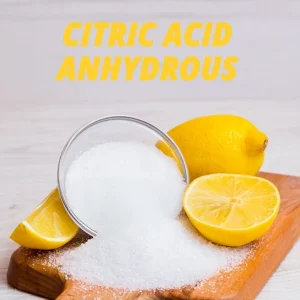
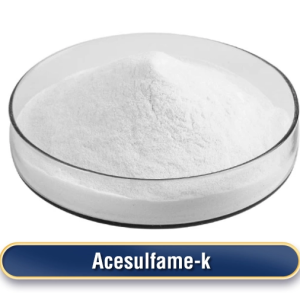
Reviews
There are no reviews yet.